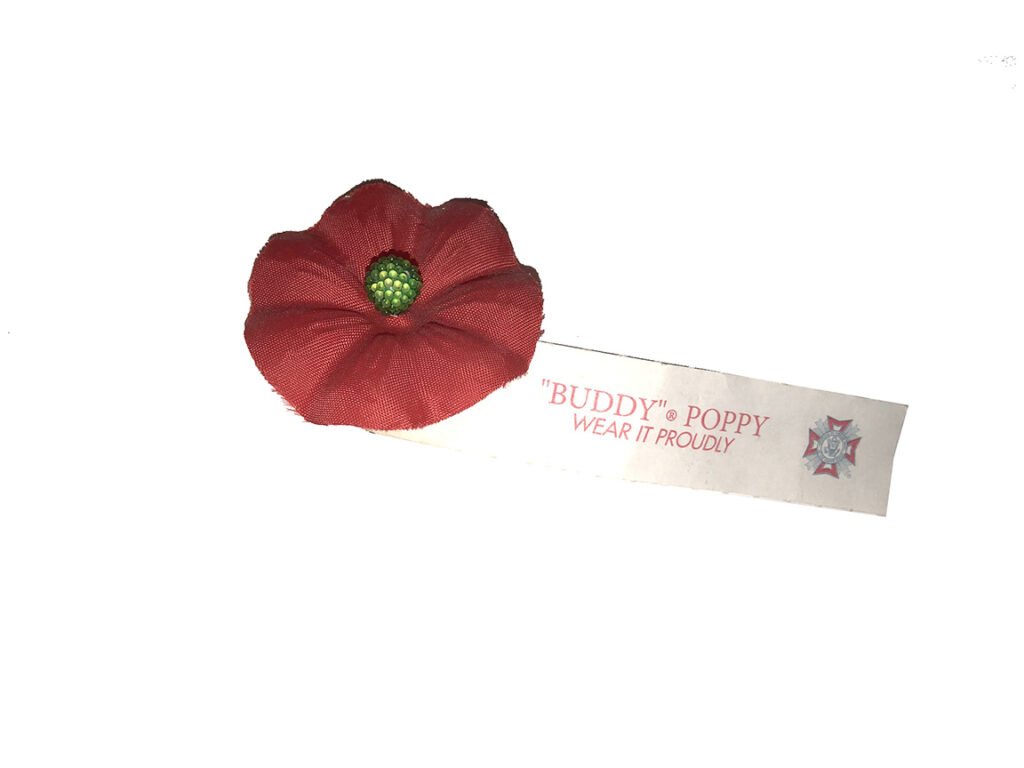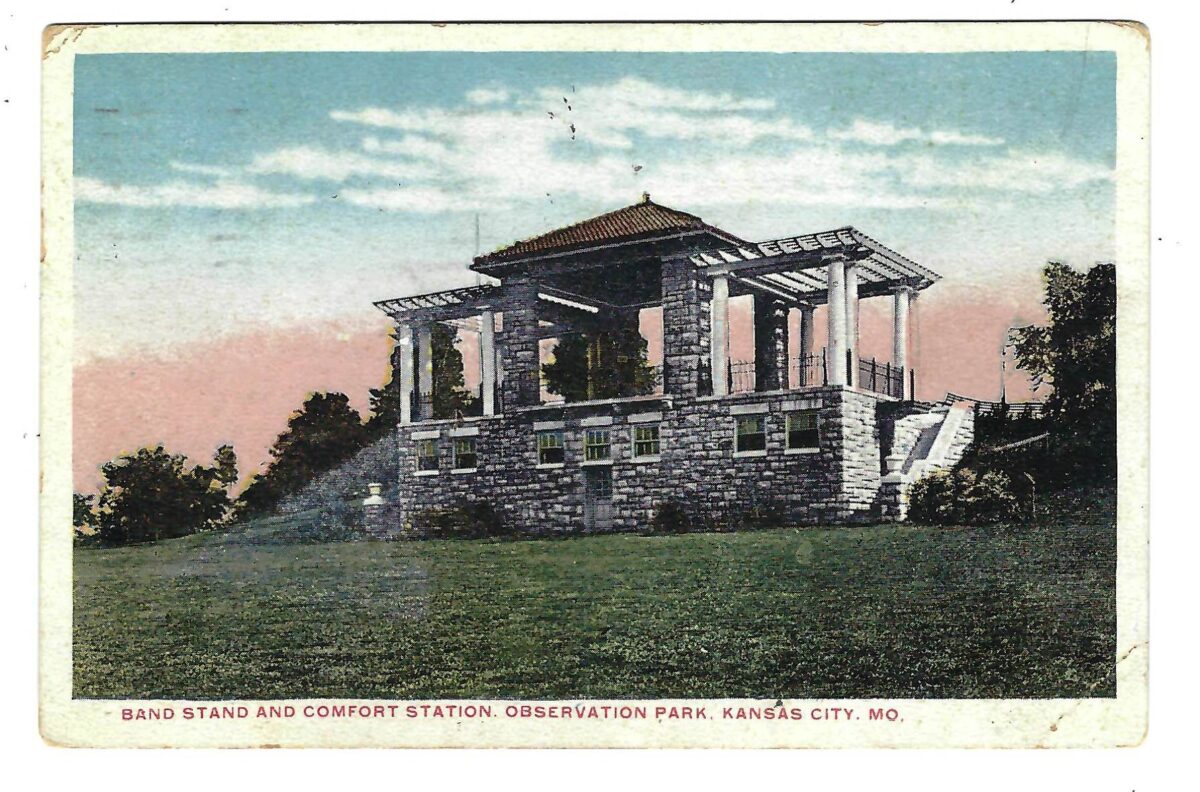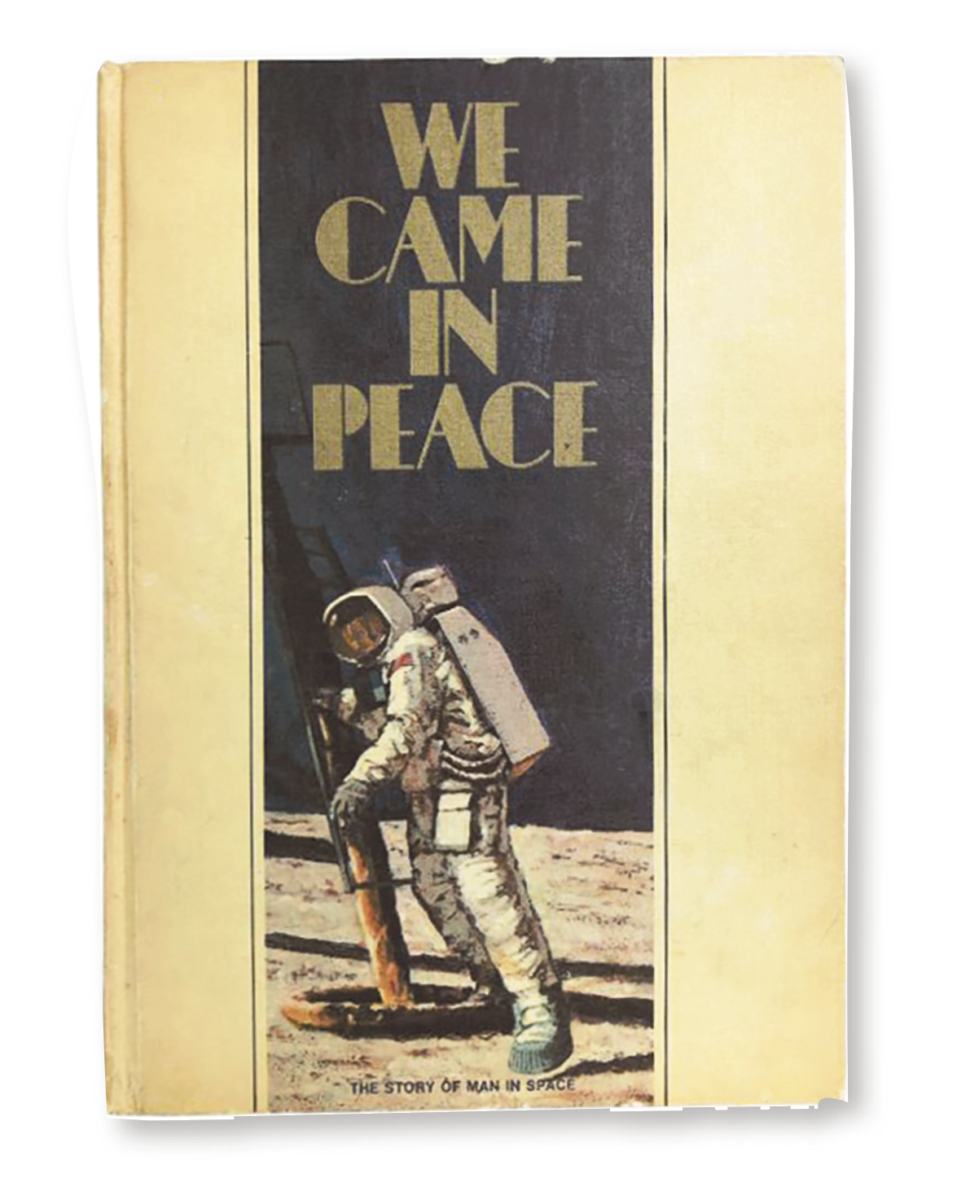
Dorri Partain
Contributor
“In Flanders fields the poppies blow, between the crosses row on row…”
This poem penned by Lt. Colonel John McCrae (1872-1918) was the inspiration for the Veterans of Foreign Wars (VFW) Buddy Poppy program. McCrae penned the poem in 1915 after the death of a comrade while stationed in France as a physician serving with the Canadian Armed Forces.
The red silk flowers were first offered for sale on Memorial Day 1922, and were manufactured in France following a campaign started by “Poppy Lady” Madame Anna Guerin in 1919. Guerin (1878- 1961) was the founder of the American and French Children’s League, which was formed to assist the children of war-torn France.
Guerin first approached the American Legion, but they decided instead to adopt the daisy as their memorial flower. Though the VFW adopted the idea, France was not able to supply enough flowers in 1923. A factory to make the poppies was set up in Pittsburg, Pa., to create enough for the 1924 sale planned for Memorial Day. Disabled veterans assembled the poppies and the work allowed them to create income they might not otherwise collect.
By 1924, the VFW had named the small red flowers the Buddy Poppy, as the disabled veterans that put them together often told stories about their fallen “buddies” while creating the flowers. The name “Buddy Poppy” was registered in 1924 with the U.S. Patent Office and voted the official memorial flower.
The VFW’s by-laws require profits from poppy sales only be used for various programs that assist disabled or needy veterans, members of the Armed Forces and their families. Nationwide, VFW Posts sell nearly one million poppies each year.
While most commonly sold around Memorial or Veterans Day (November 11, which was known as Armistice Day until 1954), posts may sell poppies year-round. VFW Post 9997, 6801 Wilson Rd., sells poppies by donation during regular business hours and also supplies poppies to the National World War I Museum Store.



















